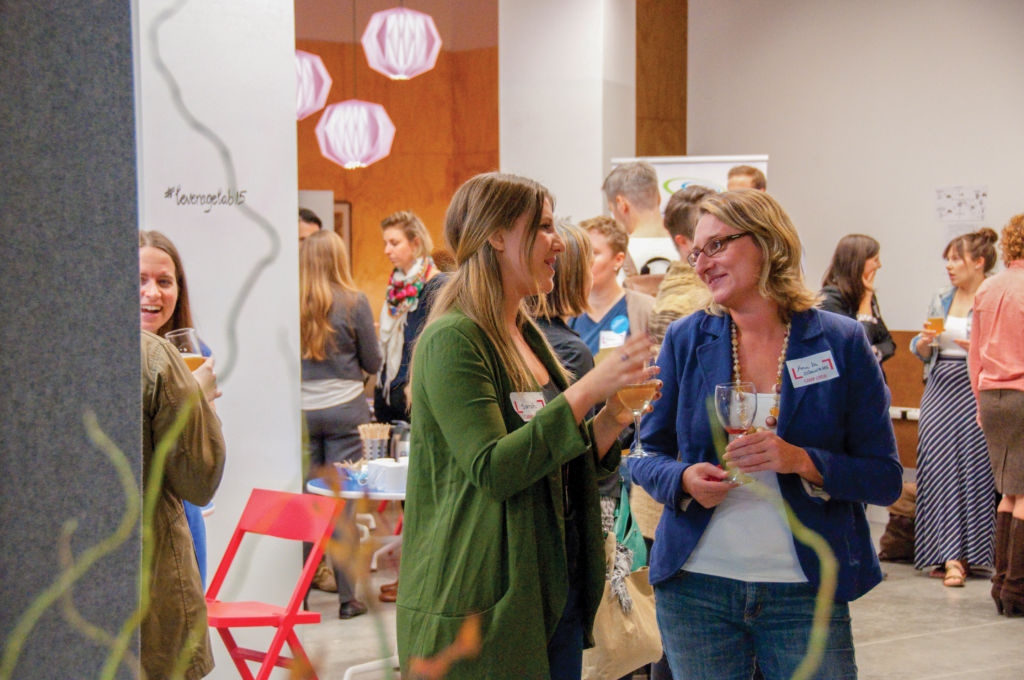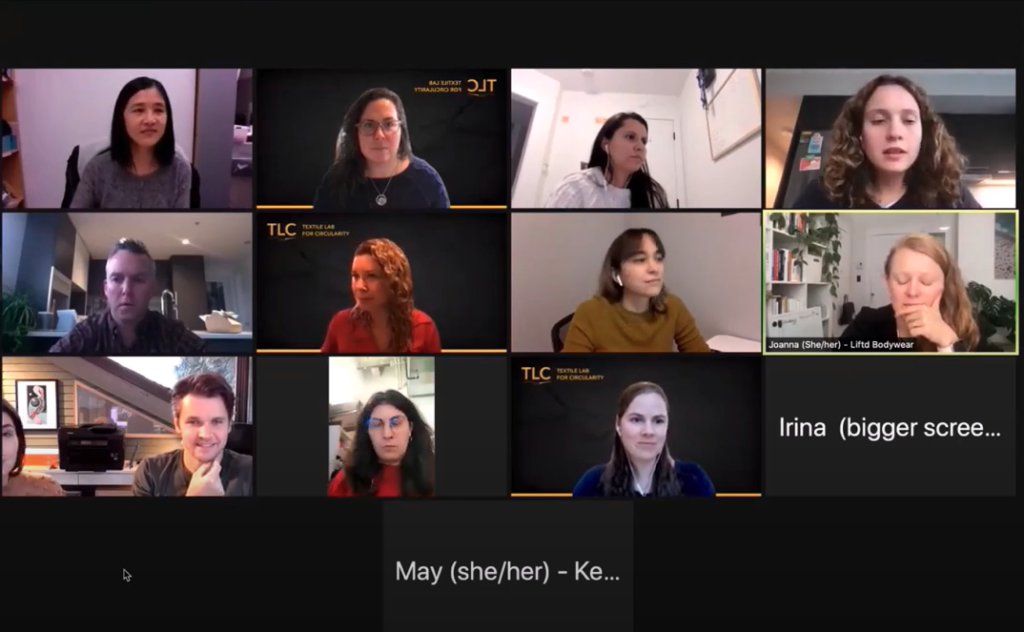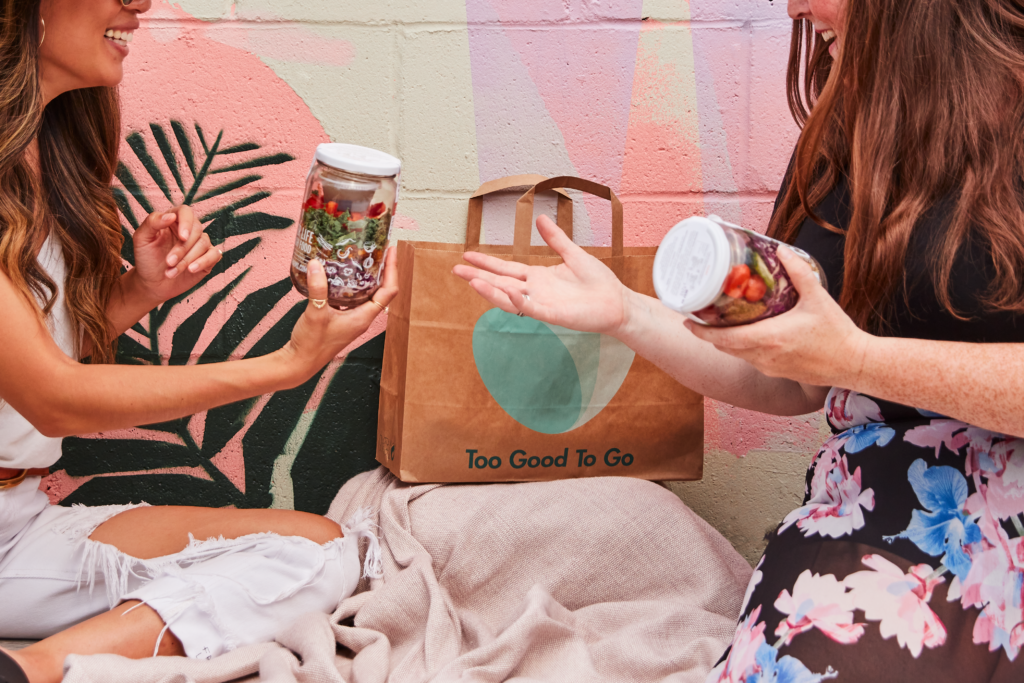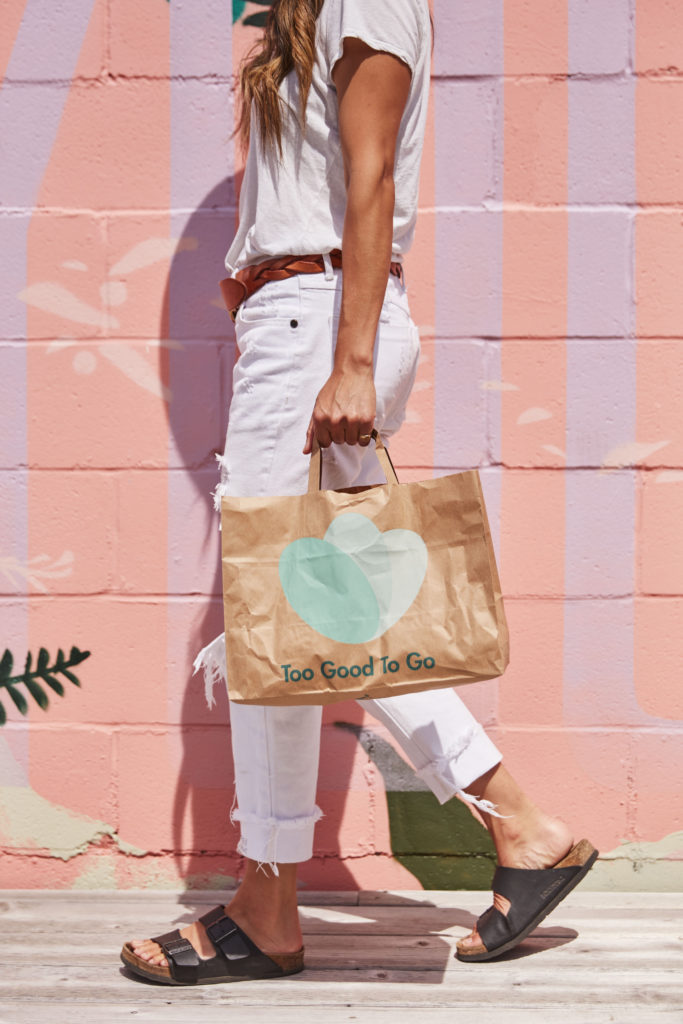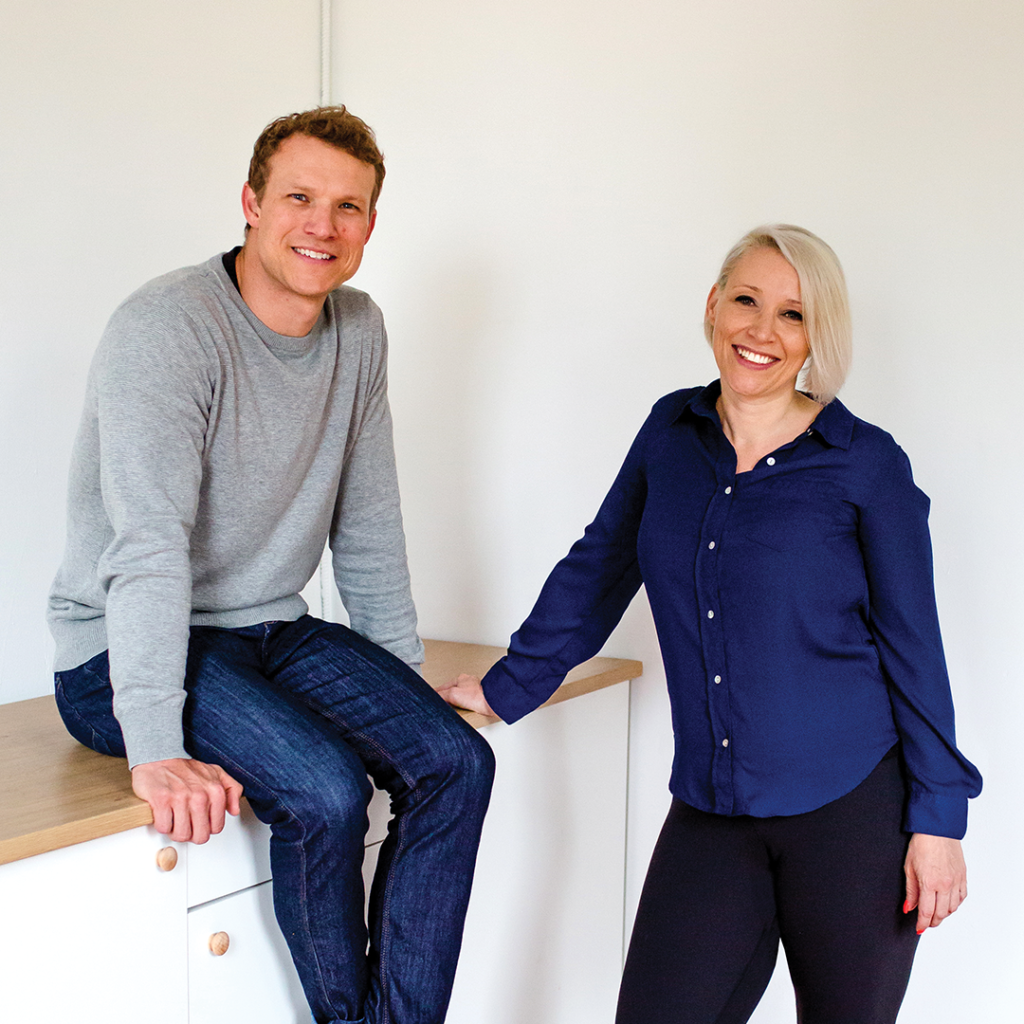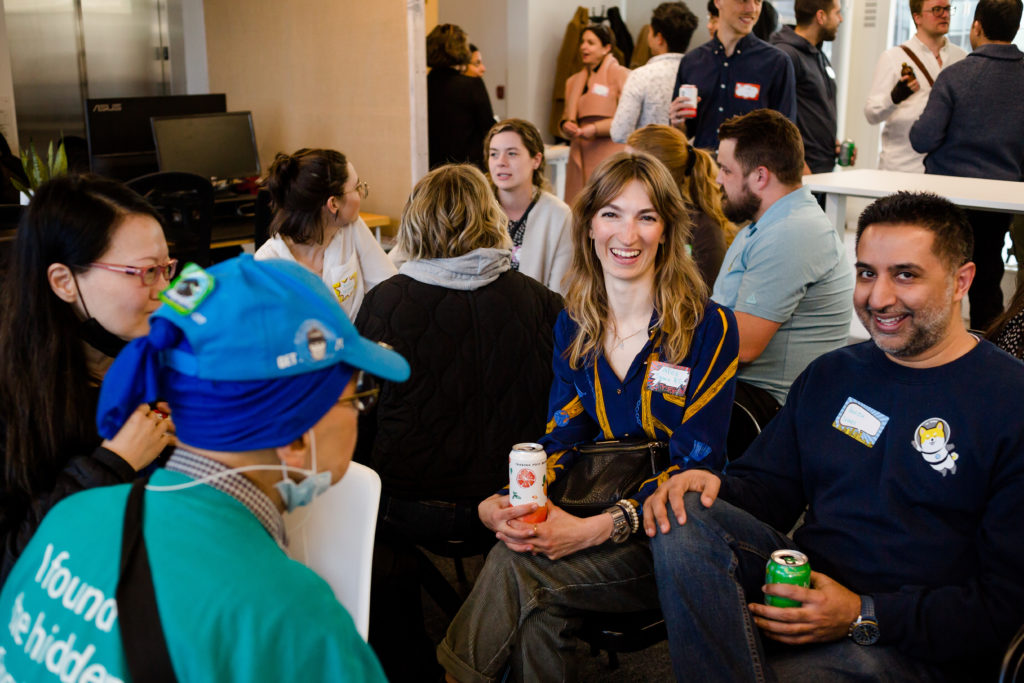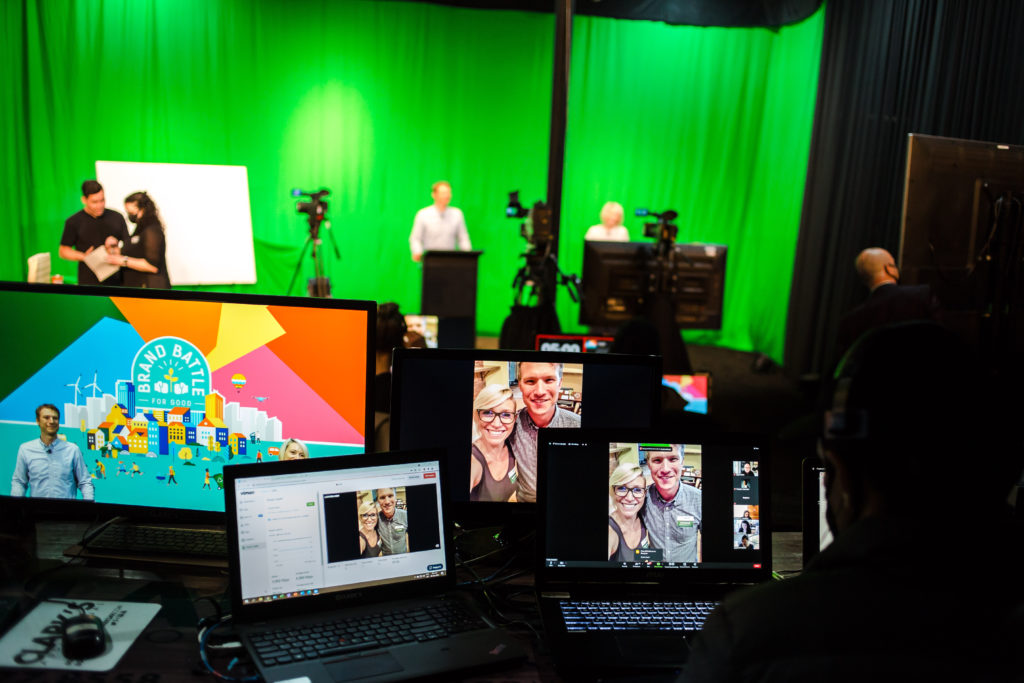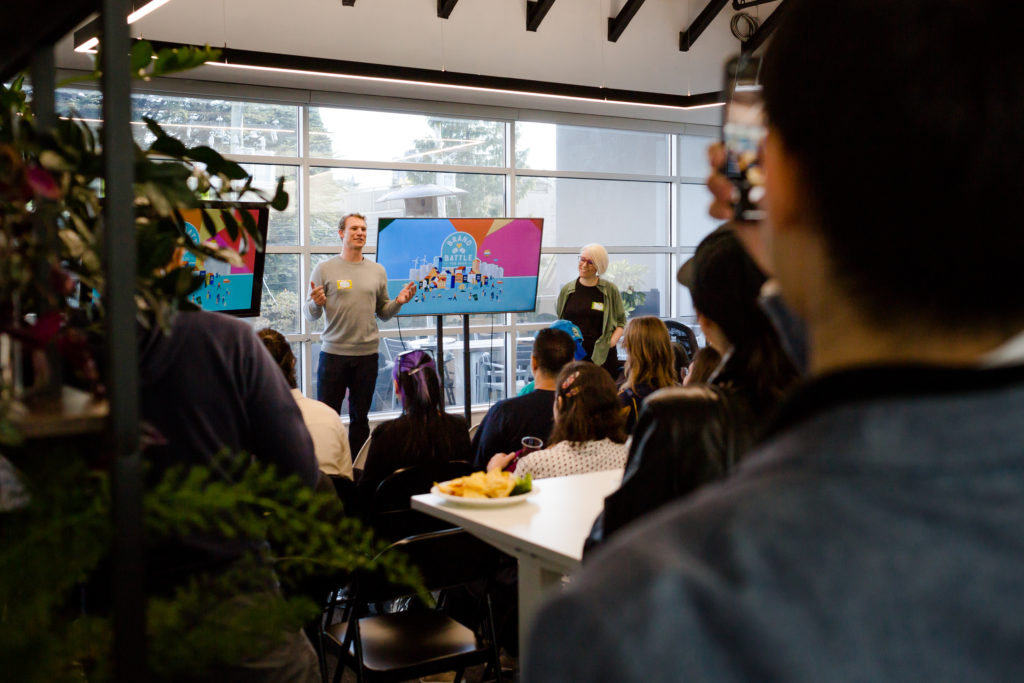With our mission of skyrocketing sustainability initiatives to make the world better and a flair for retrofuturism vibes, Sparx was eager to attend a circular economy conference that blended inspiration, insight, and impact with a fun space aesthetic.
In October, Alexandra Nikitina, our Head of Growth, “blasted off” to beautiful and resilient Jasper, Alberta, for the Recycling Council of Alberta’s Circular Economy Conference. Under the theme, “Shoot for the Stars,” the event brought together businesses, experts, municipalities, and community leaders to envision a zero-waste future, with the circular economy as its gravitational centre.
Keep scrolling for our key highlights, including how the event brought its theme to life, sessions that explored sustainability on the ground and beyond, and important conversations with peers in our orbit.

A View of the Galaxy
RCA’s Circular Economy Conference 2025 took place at the Fairmont Jasper Park Lodge. Spending three days in a large wooden lodge, surrounded by a forest of pines, Rocky Mountains, and the Athabasca River, really grounded the event in sustainability, making us keenly aware of our impact on nature.
Around 350 attendees from Alberta and across Canada convened at the Lodge, representing businesses and municipalities, including several organizations in the waste management space.
The organizers did a fantastic job leveraging the interstellar theme and compiling an agenda that balanced action-oriented sessions with fun. Two nights of networking receptions with refreshments, a space-themed costume contest, karaoke and dancing, and extra-planetary interactive experiences really made the event one to remember.

From the Ground to the Stars
The conference schedule was packed with educational experiences covering a wide range of topics critical to the circular economy space, from a session that hit close to home to an activity that was truly out of this world.
A critically important plenary session we attended was “The Next (Final?) Frontier – Exposing the Current State of Textile Circularity in Alberta and Exploring Ways to Challenge the Status Quo,” which aimed to educate attendees about the textile circularity frontier in Alberta, country-wide, and internationally.
We learned that the textile industry is the third-highest greenhouse gas (GHG) emitting industry, and that, on average, clothing is worn only seven times before disposal. Legislation is being implemented globally to try and combat the issue and spin a new, circular yarn for the industry.
However, this is a story that needs to be rewritten not just by organizations or regulatory bodies, but by everyone. We all need to think about and adjust our habits around clothes shopping, the size of our wardrobes, and how often we wear what we have.
Another important session we attended was “Fire and Ice.” Examining wildfires and glacial loss, the session shed light on the need for systems change in response to ongoing environmental issues. It challenged us to look at the impact our actions have on the planet and explored how we can help reduce these negative effects by implementing circular economy approaches.
The session also outlined the Jasper wildfire of summer 2024 and how it was dealt with, increasing our understanding of fire-adapted ecosystems and providing an example both of the need for promoting sustainable resilience and how to respond and rebuild after a calamity.
Following those sessions, we took a brief side journey to refuel at the Jasper Planetarium. We enjoyed watching an educational digital tour of our universe, learning about the Aurora Borealis, touching pieces of meteors from the moon and Mars, and gazing at planets and stars through big telescopes.

Creating a Zero (Gravity) Waste Kitchen
After our cosmic tour, we landed back on earthbound initiatives with the session, “To Infinity (and Beyond) – Driving Value for Reuse with Major Players,” which highlighted reusable dishware solutions, such as Friendlier, Muuse, and Circulr. Even world-famous Canadian coffee giant Tim Hortons shared its experience implementing reusable and sustainable solutions to compete with single-use options.
From there, we got hands-on by participating in a zero-waste cooking workshop, where we had a great time learning practical tips and tricks for reducing waste in the kitchen. Plus, we were taught how to make our own apple cider vinegar!
Not just stargazing, this conference actively implemented sustainability measures around food throughout the entire duration of the event. Buffets were carefully and meticulously planned to reduce food waste, and no single-use items were provided for meals—everything was reusable.

Stellar Conversations
One of the most exciting parts of our galactic adventure was connecting with experts, leaders, and changemakers in the circular economy space.
Many of our conversations offered insights into Alberta’s recycling industry and approach to waste management, which gave us hope for the province’s trajectory. We were also thrilled to catch up with some of our wonderful clients and collaborators who are doing a world of good.
The discussions that stood out the most to us were the ones that revolved around challenges in communicating sustainability. Many organizations are facing difficulties in reaching audiences with their circular economy solutions. An education gap continues to exist, which makes meaningful, clear, and emotionally engaging storytelling more important than ever. Effective communications are the key to raising awareness, getting audiences on board with zero-waste initiatives, and accelerating circular economy adoption.
Blast Off to a Circular Future With Zero-Waste Storytelling
RCA’s Circular Economy Conference has been a hit for many years, with regulars coming back every single year. Not only does this show just how inspiring and fun the event is, but it’s also demonstrative of the strength of the commitment of the zero-waste movement.
We want everyone to be a part of this story, to see that commitment shine in spectacular communications that draw more and more audiences into the circular economy orbit.
Ready for your circular story to be heard across the galaxy? Sparx can help you impact blast off. Contact us for a free marketing consultation today.


